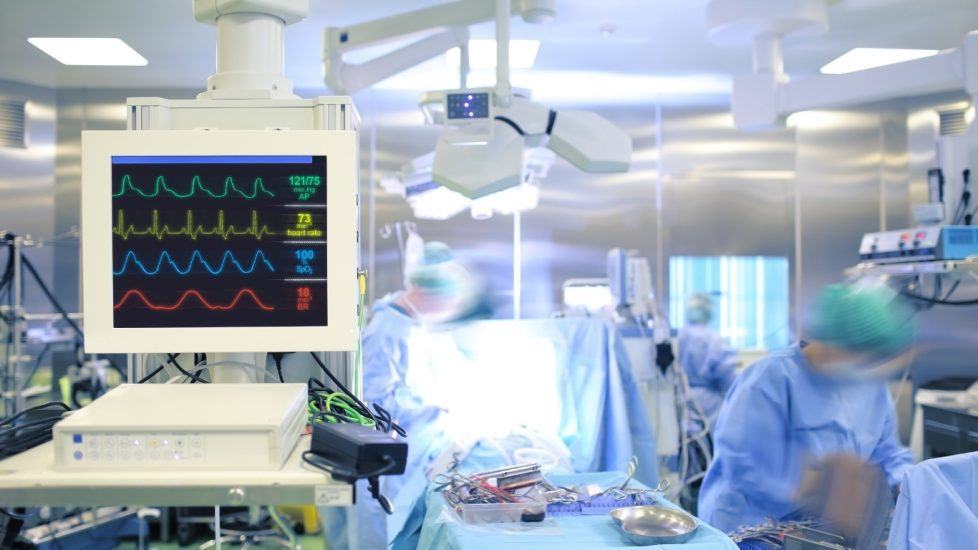Your cart is currently empty!
In September 2023, the second edition of ISO 10993-17 was officially released. This version introduced several major additions to the toxicological risk assessment process, including the concepts of toxicological screening limit and assumed release kinetics.
While the initial release of ISO 10993-17:2023 prompted considerable excitement throughout the medical device industry, there was a noticeable level of reluctance to adopt these new concepts. Additionally, there was confusion on how to write a toxicological risk assessment that would be accepted in major geographies. This uncertainty arose as the U.S. Food and Drug Administration (FDA) had yet to issue their extent of recognition for the standard. In other words, if a toxicological risk assessment was written in accordance with the 2023 version of the standard, would the FDA accept it? If not, would the toxicological risk assessment need to be re-written? It raised the question whether two toxicological risk assessments should be written—one for the FDA following the 2002 version of the standard and another for Europe following the 2023 version of the standard.
The medical device industry has struggled for many years on two fronts: 1) how to convert the data from extractables testing (e.g., typically reported in ug/device) into reasonably relevant patient exposure values (e.g., ug/day, and 2) how to have these conversions be accepted by regulatory authorities. Consequently, there were concerns on whether the FDA would recognize these new concepts (toxicological screening limit and assumed release kinetics). The latest edition of this standard is intended to help remedy these struggles.
On December 18, 2023, the FDA issued their Extent of Recognition for ISO 10993-17:2023. To the surprise of many, the FDA has recognized the majority of the standard, including the toxicological screening limit and assumed release kinetics concepts. There were some items that the Agency did not recognize:
- Several technical errors – as long as the errors are understood, which are fairly self-explanatory, there is no real impact on general use of the standard.
- An item that required a bit of clarification – “consider the situation where a patient might receive multiple devices of the largest device size to calculate the estimated worst-case patient exposure”. This is not a new concept and something that is routinely done.
- Table E.2 in Clause E2 of Annex E – this table provides an example evaluation for experimentally derived release kinetics data, and the Agency is expressing concerns that the [hypothetical] study design may not capture a potential “late bolus release of the constituent(s)”. The lack of recognition for this section doesn’t really impact the toxicological risk assessment process. It may, however, impact study design(s) if one is attempting to create experimental release kinetics data.
How Can NAMSA Help?
Navigating the FDA regulatory landscape can be cost-intensive and overwhelming for any medical device manufacturer. That’s why having the right partner at the right time can be invaluable in achieving regulatory requirements, market success and accelerated timelines.
NAMSA is the industry leader in driving successful regulatory outcomes through daily interactions with the FDA. Our Regulatory team is comprised of several former FDA staff and industry experts who uniquely understand the requirements and nuances when writing and supporting regulatory submissions.
If you are interested in speaking with us about FDA-related activities or other global regulatory strategies, please Contact Us or learn more about our Regulatory experts at namsa.com/subject-matter-experts.

